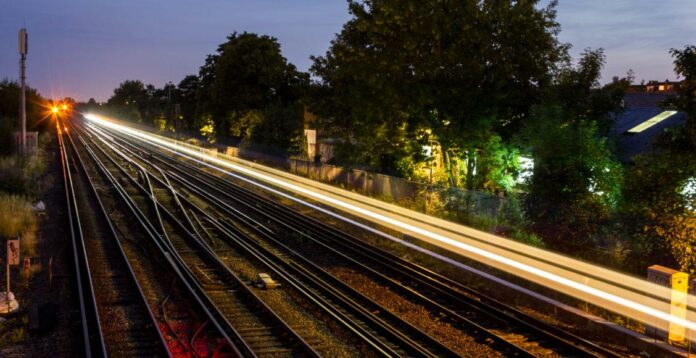The Northern Powerhouse Rail initiative was created back in 2015 in the hopes of driving jobs and improving connectivity in the area.
Specifically, this includes major destinations such as Liverpool, Manchester, Leeds, Sheffield, Hull and Newcastle.
In the Integrated Rail Plan, it says, consulted with Transport for the North (TfN) on a greenlit Manchester to Leeds section.
The paper says that three options were given by TfN: first a mix of new high speed line, covering about half the route between Liverpool to Leeds, with upgraded line into Leeds for the reminder from Huddersfield, and for the remainder into Liverpool from Warrington Bank. The cost, the report says, for this is £22billion.
The second option was a full new-build high-speed line from Leeds to Manchester, including a hub outside Bradford and a new line linking Warrington and Liverpool. An underground station at Manchester Piccadilly would be built, with a connection for Sheffield services. The cost, the report says, for this is £31billion.
Third was option two with a new underground central station at Warrington. The cost, the report says, for this is £36billion.
All options the plan summarises included upgrades and electrification up to Hull, Newcastle and Sheffield.
The government’s choice is generally in line with option one — Liverpool, Manchester and West Yorkshire. The work will include 40 miles of new build high-speed line(not HS2) that runs between Warrington, Manchester and Yorkshire to the east of Standedge tunnels.
Line upgrades including electrification will be carried out on the rest of this route and also on the Leeds to Bradford section of the Calder Valley line.
Other highlights include
- Improvement to the previous Transpennine Route Upgrade
- Electrification of Leeds to York, with some four tracking
- Reinstatement of the Warrington Bank Quay low level station
- Based on affordability other upgrades, including around Hull will be considered at a later date.
TfN’s option one was closest to the government’s final plan because, it says, it takes into account the biggest economic areas in the North.
The report says “Of the three options, all were low to poor value for money. Option 1 had the strongest business case, but even it had only a marginally positive benefit cost ratio, whereby under standard appraisal assumptions the infrastructure delivers
more benefits than it costs to build.”
Perhaps a little ambiguously, the plan says: “Rail schemes in the North are at increased risk of being considered poor value for money when applying conventional cost-benefit analysis. This is driven in part by smaller city populations in the North, different travel patterns, as well as the general high cost of building rail infrastructure.”
But despite that, the Government says it considered its commitment to levelling up and Net Zero.



































 0113 2082620
0113 2082620 info@railbusinessdaily.com
info@railbusinessdaily.com 15 Mariner Court, Wakefield WF4 3FL
15 Mariner Court, Wakefield WF4 3FL

